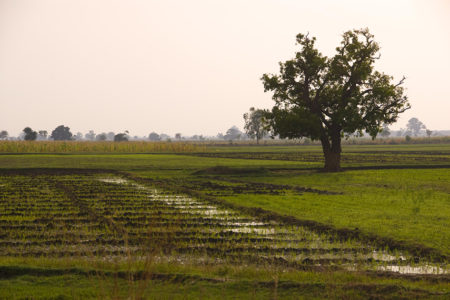
Access to Mechanization Is a Path to Productivity in Nigeria
Member Story:John Deere
Nigeria is rich in agricultural resources. Its land, rainfall and climate make it an African agricultural powerhouse. Total cereal production has steadily increased from 7.8 million tons in 1960 to 25 million tons in 2016.1 Even with its oil resources, agriculture is the base of the nation’s economy and the…
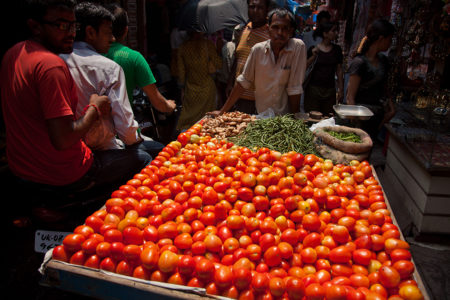
Winning the Race Against Time: Getting Nutritious Tomatoes from Farm to Plate
Member Story:Monsanto Company / Bayer AG
The tomato is one of the most important vegetables in the world. It contains essential vitamins and minerals and is also a key source of lycopene, which has anti-oxidant properties and can help protect against heart disease and cancer. Yet in many developing countries, getting fresh healthy produce such as…

Harvesting Zinc for Healthy Soils, Crops and People
Member Story:The Mosaic Company
Micronutrient deficiency, or hidden hunger, is a lack of vitamins and minerals in the diet and is a devastating form of malnutrition. Two billion people are afflicted, including half of the world’s children under the age of five.1 Zinc deficiency is a particularly debilitating condition that causes premature birth, cognitive…

Partnerships to Boost Crop Quality and Productivity
Member Story:Corteva™ Agriscience
Ms.Velma Okaron, Research Assistant, Biotechnology Lab ICRISAT Kenya, conducts research on sorghum, millet and groundnuts for nutrition and income security. Photo credit: ©ICRISAT While sorghum and millets have great potential to transform the health, nutrition and livelihoods of farmers and consumers, barriers exist to their greater use as high-value food…
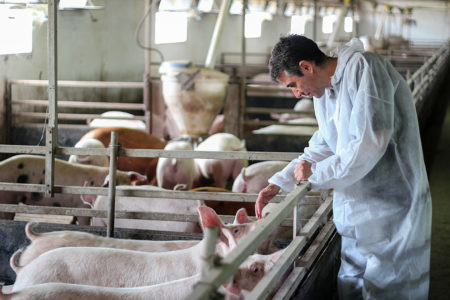
Can Pork Be Produced Sustainably? Yes!
Member Story:Smithfield Foods
Private-sector investment, innovation and scale is helping more farmers and ranchers shift to lower-carbon production systems. Smithfield Foods, the world’s largest hog producer and pork processor, led the protein industry as the first to announce an ambitious greenhouse gas (GHG) emission reduction goal throughout its entire supply…

Crop Innovation Supports Climate-Smart Agriculture in Latin America
Member Story:Monsanto Company / Bayer AG
Latin America is home to nearly one-third of the world’s arable land and fresh water, making it a vital global agricultural breadbasket in the coming decades.1 The region is already a leading contributor to the global food system; Argentina, Brazil, Paraguay and Uruguay (ABPU) together are the largest net exporters…

Artificial Intelligence: A More Precise Green Revolution
Member Story:John Deere
The next revolution in precision agriculture has arrived. New technology is customizing the already efficient gains in modern agriculture to move to individual plant and animal precision management. In crop production, this exciting development is being made possible by applying the advanced technology of artificial intelligence to…
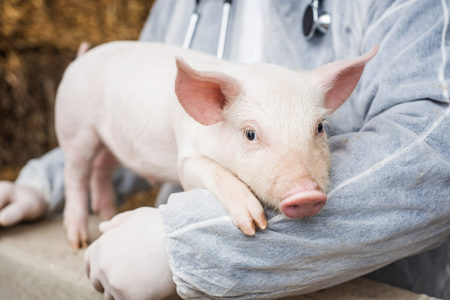
A Leader in Animal Care
Member Story: Smithfield Foods
Healthy animals raised with good animal welfare practices result in safe, wholesome, high quality meat, dairy and poultry products. A commitment to transparency and access to information about production practices can help bridge the “trust gap” between farmers, processors and consumers today. For many years, the standard practice of pork…
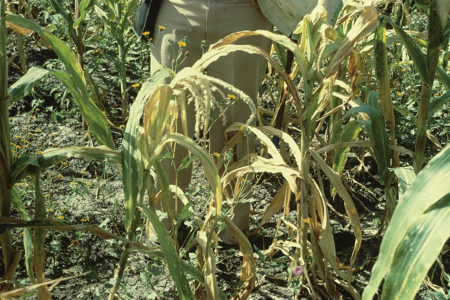
Research Partnerships for More and Better Maize
Member Story:Corteva™ Agriscience
A multi-stakeholder partnership between a CGIAR center, CIMMYT (The International Maize and Wheat Improvement Center), the U.S. Agency for International Development, and Corteva Agriscience™, the Agriculture Division of DowDuPont, with support from the Bill and Melinda Gates Foundation is focused on fighting a deadly…

Stewardship for Sustainable Rice and Wildlife
Member Story:The Mosaic Company
Rice is the world’s most widely consumed grain, sustaining nearly half the global population. Nearly half of the rice produced in the United States is exported; with 3.15 million acres under rice production (2016)1, rice growers are stewards of wetlands used by North America’s waterfowl and 32 other at-risk species.
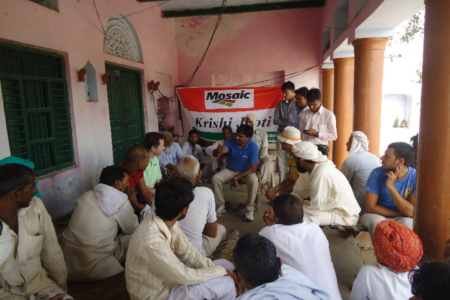
Partnerships for Healthy Productive Soils
Member Story:The Mosaic Company
Since 2008, The Mosaic Company, The Mosaic Company Foundation and implementing partner, the S M Sehgal Foundation, has worked with farmers in Rajasthan, India, to improve the health of their soils and the productivity of three crops: pearl millet, wheat and…
Stories on Agricultural Productivity and R&D

Doubling Agricultural Productivity Is The Right Goal
The previous 10 years have witnessed unprecedented demand for agricultural commodities, driven by income increases and population growth in China and India, as well as demand for biofuels stimulated by high energy prices. OECD and FAO attribute the decline in the rate of food demand growth to moderating rates of…

Productivity for Sustainable Milk Production
India is already the world’s largest fresh dairy producer, but it will need to increase its annual milk production by 56 million tons in the next 10 years to meet domestic demand. India already has 90 million dairy cows and buffalo, but their milk productivity is very low. Dairy cows…

The Agricultural Business Cycle: Managing Through the Booms and Busts
The ups and downs of the global economy, along with local and regional boom and bust cycles affect the agriculture sector and continue to impact farmers and other agri-food system participants, regardless of scale. Since 1900, real agricultural commodity prices have fallen, while world population growth has more than quadrupled…
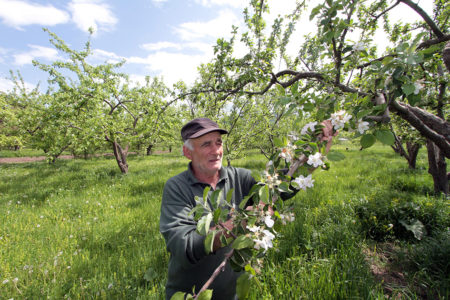
Out of the Lab, On to the Farm
TFP, as measured at the country, regional or global level, increases when there is widespread adoption of an innovative technology or practice. Agricultural extension systems provide the link between public research and farmers, enabling them to understand and adopt innovation to benefit their business operations, the natural resources they manage,…
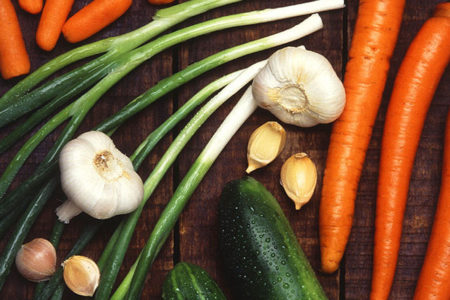
Revving Up Research in the U.S. Farm Bill
In 2018, the reauthorization of the U.S. Farm Bill brings opportunity to rev up the research funding and structure for strengthening the United States global leadership for productive sustainable food systems. Thanks to research, carrots, onions, garlic and cucumbers taste better and contain more nutrients. And better crop yields and…
Stories from Africa
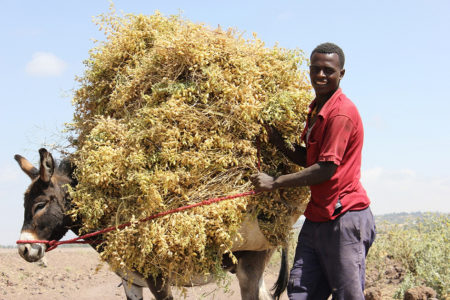
Participatory Research Helps the Chickpea Boom in Ethiopia
In Ethiopia, chickpea is one of the most important foods and the country is considered a secondary center of genetic diversity for the legume. With a near doubling of the population from 92 million today to 160 million in 2050, chickpea demand is expected to boom. Farmer takes chickpea to…

Bringing More Data and More Sustainability to Smallholder Farmers
In many parts of Africa, Asia and Latin America, smallholder farmers have a particularly hard time accessing information that would help their growing practices and help them supply markets with their goods. Yet, smallholder farmers produce nearly 80 percent of food for their communities and countries and need new technologies…
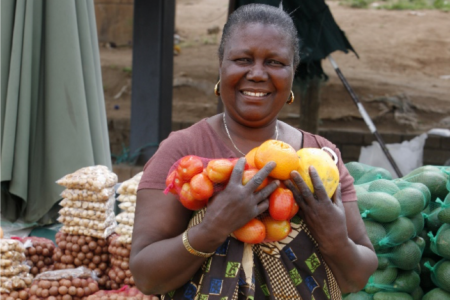
Urban and Informal Food Systems
By 2050, two-thirds of the world’s population will live in cities. This has generated renewed calls for the private sector, particularly the finance industry, to invest in and support small and medium-scale enterprises (SME) in the food value chain.1 In the near term, medium-scale producers, or consortiums of small-scale producers,…
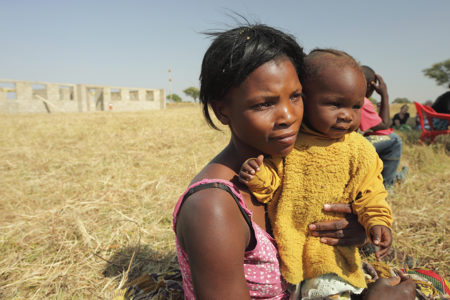
Social Protection Programs for Productive Resilient Farmers
For subsistence and small-scale producers, income instability is one of the greatest obstacles to increasing the productivity and profitability of their agricultural enterprises. In Zambia, farmers cultivating less than 5 hectares of land rely on wage labor, such as working on larger farms or in processing facilities, for their main…

Cameroon
As an international financial institution working to alleviate rural poverty, the International Fund for Agricultural Development (IFAD) has provided $18.5 billion in grants and low-interest loans to projects since 1978 that have reached about 464 million people. To address challenges of youth development throughout many of its country programs, IFAD…
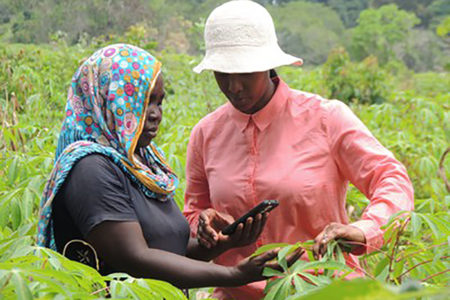
The Early App Gets the (Fall Army) Worm
One of the most important stages in the battle to suppress fall armyworm is early detection and early action. Yet, many African farmers are unfamiliar with the pest, especially in the early stages, when it is hard to detect. A Tanzanian cassava farmer, left, learns to use a plant disease…
Stories from Asia
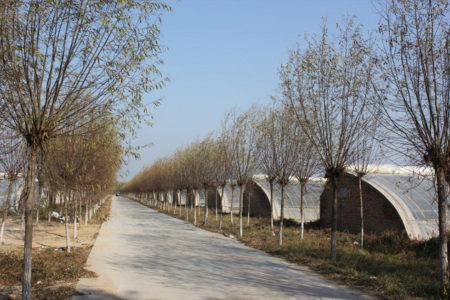
China Ramps Up Peri-Urban Farming for Beijing Consumers
Many Chinese farms today are still quite small (on average less than 0.6 hectares of land per household) and provide low qualities of life for Chinese farmers. But China’s agri-food system has begun transforming over the past 30 years from a traditional, smallholder-based production system to a more modern form…
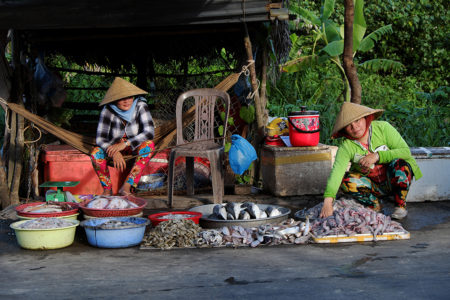
Diversification for Resilience in Vietnam
Vietnam is the world’s second largest rice exporter, but rice productivity and output are threatened by climate change. Since 1985, the sea water level in the Mekong River Basin has risen by an average of three millimeters annually, spreading further inland and impacting a wider area each year. With its…

The “Golden Girls and Sunny Boys” of Bangladesh Stand Up for Adolescent Nutrition
Partner Story:GAIN
Today’s adolescents aged 10-24 years represent the largest cohort (1.8 billion) in human history, and about 90 percent live in less-developed countries.1 Adolescents have generally been overlooked in global and social health policy but have recently been given significant attention.2 However, there are limited data on adolescent nutrition, preventing a…
Stories from Latin America and the Caribbean

New irrigation management strategies for avocados in the Caribbean
Although small in size, the Dominican Republic (DR) has an abundance of avocado orchards, with nearly 55,000 acres of avocado trees mostly targeted for export to the United States and Europe. According to the Dominican Ministry of Agriculture, the country produces 634,000 tons of avocados every…

Moove over Cows; Goats Got my Dairy!
Partner Story:IICA
Moving the Trinidad and Tobago Dairy Goat Industry from Farm to Market Goats are an ideal farming option for smallholder farmers living in challenging climates. They convert plant material into milk and meat with an efficiency that makes them an appropriate and practical livelihood, especially for rural farm families. They…
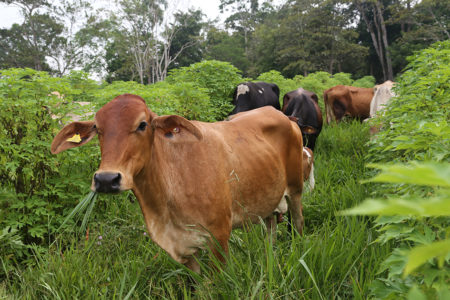
Healthy Agricultural Systems: A New Model for Agriculture and the Environment in Latin America
Partner Story:The Nature Conservancy
Because of its enormous potential to increase agricultural production while satisfying rising demand for food and keeping pantries stocked the world over, Latin America is critical for global food security over the next few decades. Already an agricultural powerhouse, the continent provides 60 percent of the world’s imported soybeans, 44…
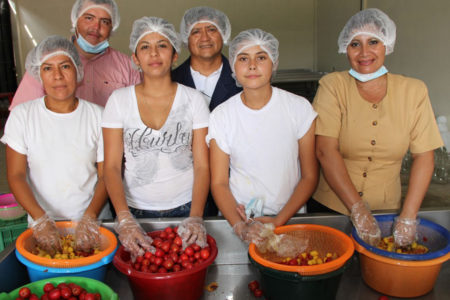
Partnerships Promote Safe Food and Reliable Trade Systems
Partner Story:IICA
As global food trade increases, governments need food safety and inspection systems to protect consumers from food-borne illnesses. The Food Safety Modernization Act (FSMA) of 2011 is the most significant reform of the U.S. food safety infrastructure in 70 years. This landmark legislation shifts the focus of the U.S.
Stories from the U.S.
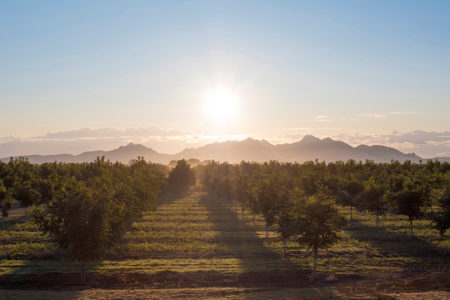
Consumers are Nuts for Nuts!
Consumption of this nutrient-dense food is growing globally, particularly in middle- and upper-income countries.1 The U.S. tree nut industry (as a whole) is a net exporter. Almond, walnut, pistachio and hazelnut orchards in the U.S. depends on exports for more than 50 percent of sales.2 Most of these orchards are…
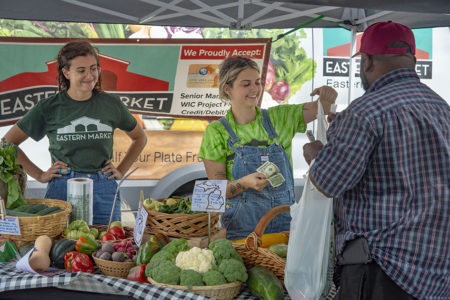
Good Nutrition is a SNAP
Economic recovery from the Great Recession has come slowly to low-income people and children living in poor households continue to be vulnerable to food insecurity. Three million households containing children lacked the resources to provide sufficient food or enough quality food sometime during the last year.1 The Supplemental Nutrition Assistance…
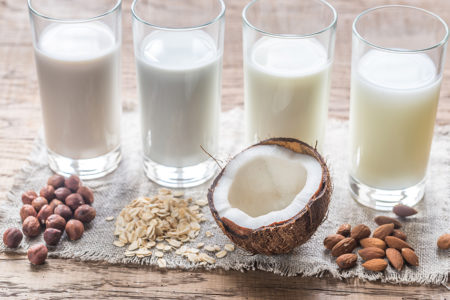
Consumers Seek Health and Environmental Benefits by Purchasing Plant-Based Food and Beverage Products
American consumers spent $1.6 billion on plant-based beverages and foods as substitutes for milk and dairy products, (August 2017 to June 2018), a 20 percent increase over the previous year.)1 Improvements in taste, a wider variety of offerings and reduced prices have helped spur sales of this category of plant-based…

A Legacy of Conservation and Success
Enactment of the Soil Conservation Act of 1935, at the mid-point of the Dust Bowl era, launched the U.S. conservation system and created the Soil Conservation Service (SCS). By 1938, thanks to new farming practices such as terracing, contouring and cover crop planting, soil stopped blowing away on 65 percent…
Read about additional Partnerships for Productivity and Sustainability in Africa from recent editions of the GAP Report®


